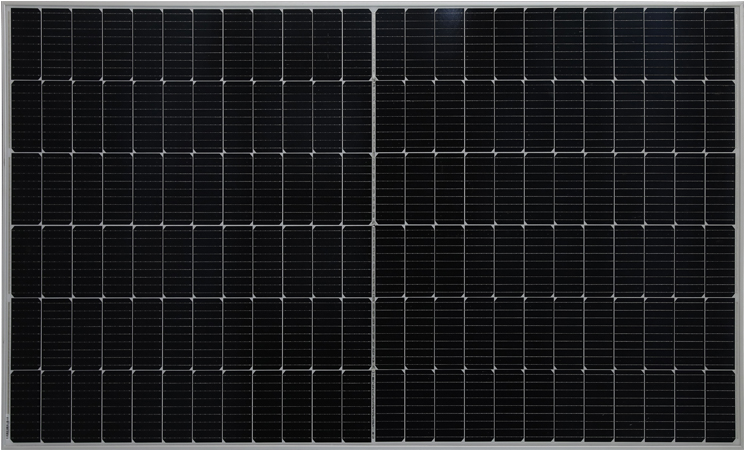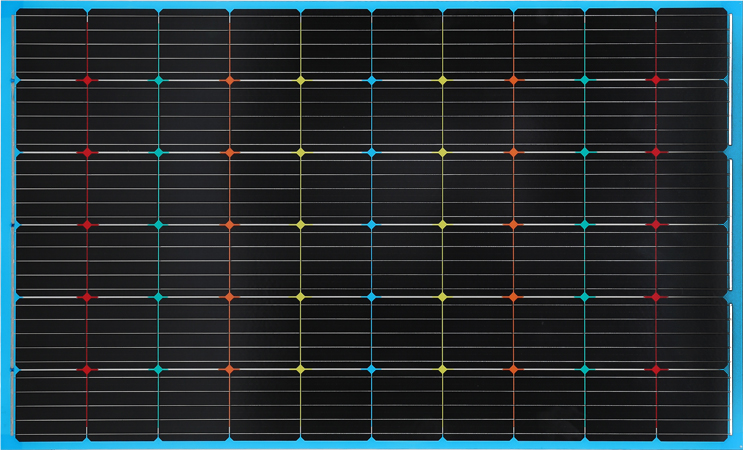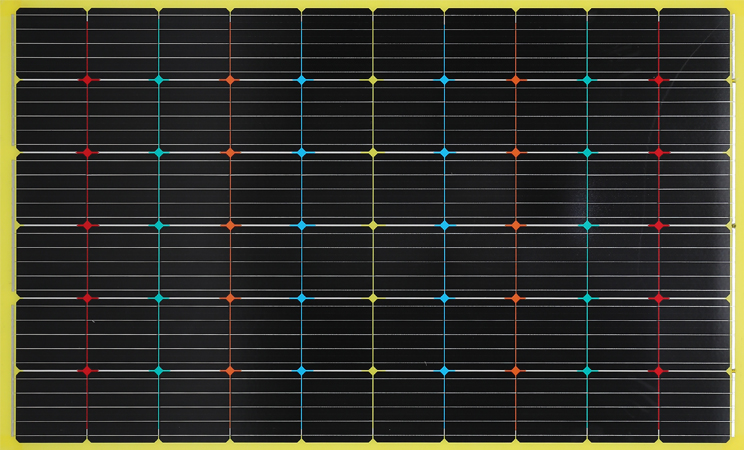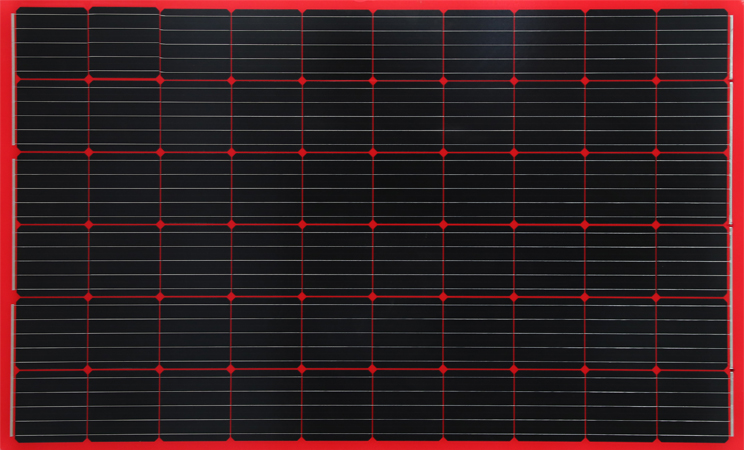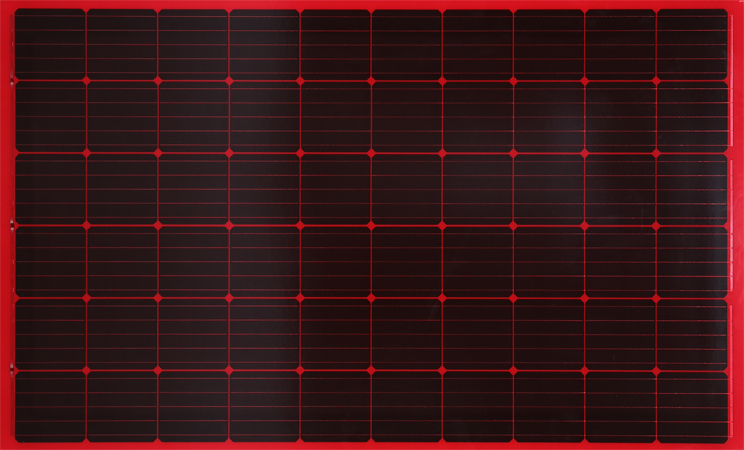When the term ‘BIPV’ is used, it refers to photovoltaic solar panels that have been integrated into building materials rather than being a standalone module mounted on top of the roof. This allows the panels to blend with, and complement traditional building materials, creating a more aesthetic design that doesn’t detract from the visual appeal of a building while simultaneously providing a source of electricity. The technology is becoming increasingly cost-competitive with rack-mounted PVs, meaning it’s possible for homeowners to reap the benefits of this energy solution without significantly increasing their upfront costs.
BIPV panels can be used in many ways, from solar roofing to solar curtain walls and solar facades. In addition to generating power, these systems can also improve the efficiency of a building by reducing its cooling load. In turn, this can also lower a building’s energy bills, making it more sustainable and helping it to achieve zero-energy status.
The main advantage of a BIPV system over a traditional grid-connected rooftop installation is that it can be installed at any time during construction or retrofitting of a building, with the choice of solar panel material and technology being dictated by the specific requirements and aesthetics of the project. The solar energy generated by a BIPV system can be stored in a battery for off-grid systems or fed directly into the building’s grid.
There are a number of different types of BIPVs, from fully transparent modules that can be used in place of traditional glass to partially translucent designs for windows and skylights. Most BIPV modules are built using crystalline silicon (c-Si), but thin-film technologies such as amorphous-based silicon (a-Si), copper indium gallium selenide (CIGS) or cadmium telluride (CdTe) can also be used. Semi-transparency can be achieved with most technologies by either spacing the opaque solar cells or varying the thickness of the thin film layer, but this will usually decrease the overall module efficiency.
As the popularity of BIPV continues to grow, manufacturer are experimenting with new options for this form of solar power generation. A recent example is the development of solar roof tiles that look and act like regular shingles, with a flexible thin-film solar cell embedded in each one. These can be placed on the roof in place of a conventional tile, or even on the side of a house where a larger surface area is required.
Other Fuying has developed BIPV systems that incorporate photovoltaics into façade and window elements, in addition to more conventional roof structures. These can be constructed from both c-Si and thin-film PV, with the latter often preferred for its superior performance in vertical angles and shade. These systems can be used in conjunction with existing glazing, or they can replace it, and are designed to provide a more elegant, hi-tech appearance that can enhance a building’s image while delivering a significant return on investment. The ability to integrate the PV into other components within a building’s envelope will open up new possibilities for both designers and architects, enabling them to create stunning and innovative buildings that have a positive impact on the environment as well as provide clean, reliable electricity.


